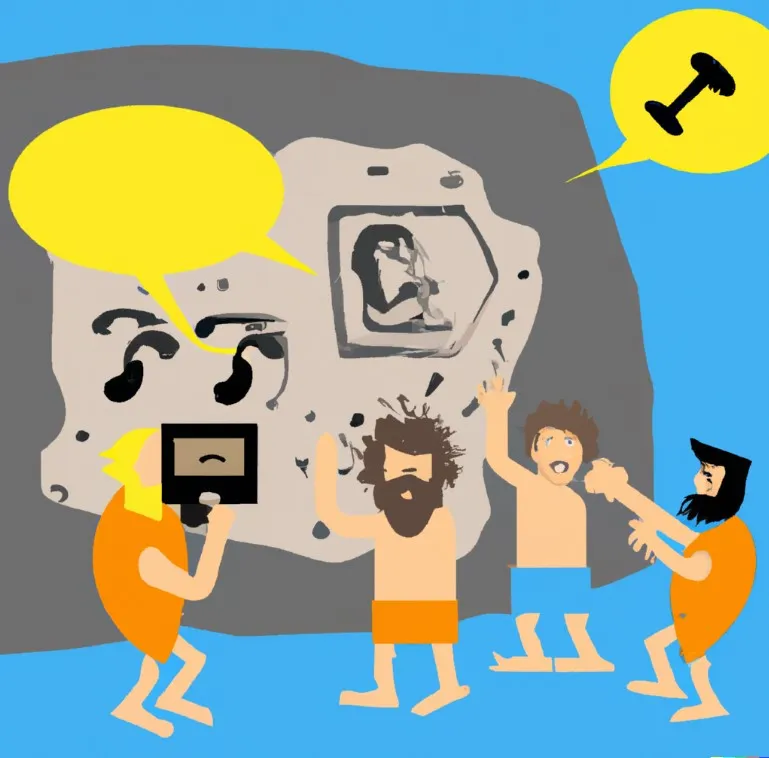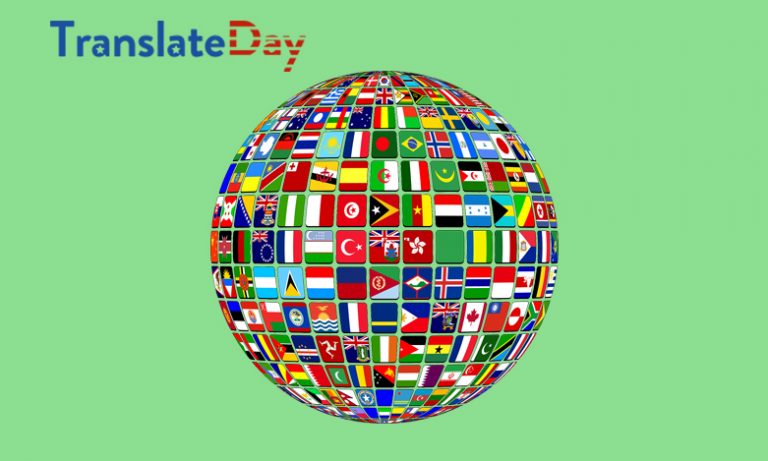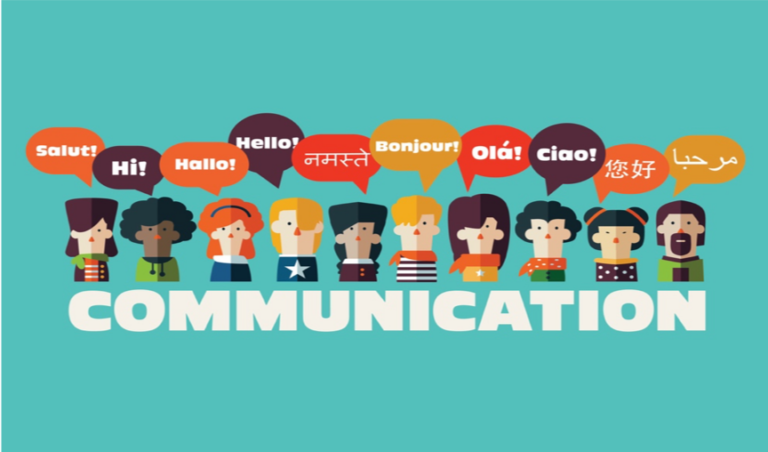Estimated reading time: 6 minutes
The History of the Spanish Language is extense, as it is one of the oldest languages in the world. Spanish (Español) or Castilian (Castellano) is a Romanic language and, in terms of native speakers, along with Mandarin Chinese, it is one of the most widely spoken languages in the world.
For more than 406 million people, Spanish is their mother tongue, while more than 180 million speak Spanish as a second language. The historical origin of the language lies in Spain, but most speakers can now be found in Latin America.
Historical Origin and Evolution of the Spanish Language
Spanish descends from vulgar Latin and its origin lies in Spain. It was the language of the Romans, who ruled the Iberian Peninsula for 700 years. Under the influence of Keltiberian, Basque, Visigothic, and later Arabic, the language developed from Latin.
The Spanish language is now one of the most antiques and complex languages in the world, mainly due to the influence of other languages and cultures blending with spanish over the years.
Lets look at some curious facts around spanish language to understand this fact:
- Striking differences between Latin and Spanish are the disappearance of the Latin names, the softened consonants (vita became Vida), and the diphthongation of short vowels (terra became Tierra).
- The emergence of several languages related to Spanish is the result of the political fragmentation on the Iberian Peninsula. The different substrates originated the Portuguese and Galician language, which still exist today. Also Mozarabic, a very Spanish-related language spoken by Christians living in Muslim territory.
- Catalan did not develop from Spanish but originated separately from vulgar Latin. Because Spanish was originally the language of Castile, the language in Spain itself is usually referred to as ‘Castilian’ (Castellano). The first texts in Spanish date from the 9th century. The Cantar de Mio Cid, from the 12th century, is one of the oldest long texts in Spanish.
The similar structure, alphabet, and composition of French, Italian, Spanish, and other Romance languages makes them some of the easiest languages to learn.
Spanish, a language spoken by more than 580 million people
Currently, most of the first language speakers can be found in Latin America and Spain, but spanish is also very relevant in EEUU, Morocco, Brazil or Italy for the reason of of being an important second language, although not being considered an official language in these countries.
More than 470 million people are native spanish speakers, while more than 70 million speak Spanish as a second language. Also, more than 21 million people study Spanish as a foreign language.
5 Most Important Moments in the History of Spanish Language
It is worth noticing some interesting historical facts that have driven the evolution of Spanish towards being one of the most consolidated languages in the world:
1. Cristopher Columbus and the Spanish Language
The first dictionary in the history of Spanish Language was written in 1492, the year in which Christopher Columbus discovered America, which marked the beginning of the spread of Spanish as a world language. (The countries that are Spanish-speaking today are collectively called the Hispanidad). Since then, pronunciation and vocabulary have developed differently in the old (Spain) and the new world (Latin/South America). In the same year, the Jews were expelled from Spain, so that Jewish Spanish, better known as Ladino, developed into a third variant.
In the seventeenth century, the language underwent a number of sound shifts that largely ignored Latin American Spanish and Ladino. That is why Latin American is closer to the Spanish of 1492 than it is today. In 1713 the Real Academia Española was founded, promoting the unity of the language within Spain. The current standard language is largely based on the dialect of the Toledo area.
2. Spanish during Dictatorship
In Spain, the other languages were banned in 1714 with the rise of the dynasty of the House of Bourbon and successive despots more or less actively persecuted them at various periods, gradually losing their speakers. The last in that line was the dictator Francisco Franco (himself a Galician), who burned down entire foreign-language libraries and ordered the Guardia Civil to pay fines for anyone who spoke differently. Since the restoration of democracy in 1975, the other Spanish languages have regained their official constitutional status and have clearly been revived.
In Spain itself, in addition to the regional variants of Spanish, other Romance languages are spoken: Galician, Catalan, Valencian, Astur-Leonese, Aragonese, and Aranes. Due to the presence of these regional languages within the Spanish state borders, the name ‘Spanish’ or español for the language is nowadays considered politically incorrect and is spoken in the country of ‘Castilian’. Basque, which is spoken in a small part of northern Spain, is not a Romanesque, but an Indo-European language.
3. Spanish Geographical Distribution
Spanish is an official language in the following countries. Not all inhabitants declared by country have Spanish as their mother tongue (2011 figures):
– Mexico: 114.8 million
– Colombia: 46.9 million
– Spain: 46,3 million
– Argentina: 40.8 million
– Peru: 29.4 million
– Venezuela: 29,3 million
– Chile: 17.3 million
– Guatemala: 14.8 million
– Ecuador: 14.7 million
– Cuba: 11.3 million
– Bolivia: 10.1 million
– Dominican Republic: 10.1 million
– Honduras: 7.8 million
– Paraguay: 6.6 million
– El Salvador: 6.2 million
– Nicaragua: 5.9 million
– Costa Rica: 4.7 million
– Puerto Rico (dependent territory of the United States): 3.7 million
– Uruguay: 3.4 million
– Panama: 3.6 million
– Equatorial Guinea (only African country that is Spanish-speaking): 0.7 million
4. Multilingual Contexts of Spanish Language
Most of the countries mentioned above are monolingual, with only Spanish as the official language. Exceptions are Bolivia (with Quechua and Aymara also official), Equatorial Guinea (French), Paraguay (Guaraní), Peru (Quechua and Aymara), and Spain itself (Catalan, Galician, Basque, Aragonese, Asturian, and Aranesian).
In other countries, there are sometimes large communities that use languages other than Spanish as mother tongues or colloquial languages (examples: several Indian languages in Mexico and Guarani and Quechua in Argentina).
Most difficult languages to learn are usually the ones differing the most from your mother tongue. The best way to aquire motivation to learn these languages is by living in the country where that certain language is natively spoken. Do not look for places where language is similar to your mother tongue.
5. Spanish Language Worldwide
In the United States, Spanish Language has more than 40 million speakers. Most of these speakers are immigrants, but there is also a part that descends from the Spanish-Mexican population that lived in the southwest of the United States when it was conquered by the Americans. In Puerto Rico, Spanish is recognized as an official language and the constitution of New Mexico states that the state is bilingual through the use of English and Spanish.
Spanish is also spoken by significant communities in Brazil, Belize, Guyana, the Philippines, Morocco, Western Sahara, and the Netherlands Antilles. In none of these countries and territories is Spanish official. Spanish Language is also not recognized in Andorra and Gibraltar, which border Spain. Catalan and English are the official languages there.
Thank you for reading our post and we hope you learned something new from this 5 key facts in the History of the Spanish Language. Remember to check our blog for more free articles on language learning, translation and immigration.






